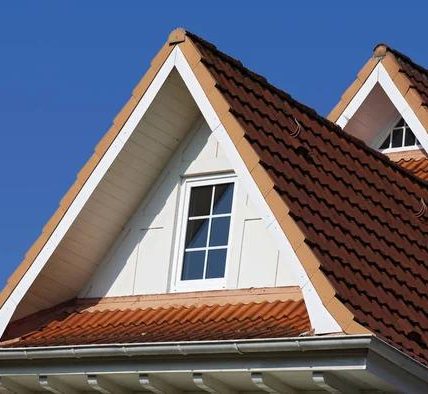When considering installing a swimming pool, one of the most important decisions you will have to make is where exactly to place it. The location of your pool can greatly impact not only the aesthetics and functionality of your outdoor space but also the safety and longevity of the pool itself. Therefore, careful planning and consideration are necessary when choosing the right location for installation.
The first step in deciding where to install your pool should be assessing how much space you have available. Keep in mind that you’ll need more than just enough room for the pool itself; there should also be ample space around it for decking or landscaping, as well as safe access routes around its perimeter.
Next, consider sunlight exposure. Pools ideally should be placed in areas that receive plenty of sunlight throughout the day since this helps keep water warm and inhibits algae growth. However, if too much direct sunlight can make some parts of your yard uncomfortably hot during peak summer months, strategic placement of shade structures or planting trees nearby might be necessary.
Another critical factor to consider is accessibility from your house. For convenience and safety reasons, you want an unobstructed view from key points within your home such as kitchen windows or patios so children can always be supervised while swimming.
You must also think about utility lines both above and below ground when planning your pool’s location. Be sure to check with local authorities or hire professionals to identify any potential conflicts with electrical wires overhead or gas pipes underground before making final decisions read on where to dig.
Moreover, local zoning laws may dictate certain restrictions about how close pools can be installed relative to property lines or existing structures like fences or sheds. Make sure you understand these rules before settling on a spot for installation.
Lastly but importantly, take into account prevailing wind patterns in your area because strong winds can cool down water quickly making it uncomfortable for swimmers while increasing evaporation rates which could lead higher maintenance costs over time.
In conclusion, choosing the right location for your pool involves more than just picking a spot that looks nice. It requires careful planning and consideration of various factors including available space, sunlight exposure, accessibility, utility lines, local zoning laws and wind patterns. By taking time to thoroughly assess these aspects before installation, you can ensure that your new pool will not only enhance the beauty of your outdoor space but also provide a safe and enjoyable environment for many years to come.





